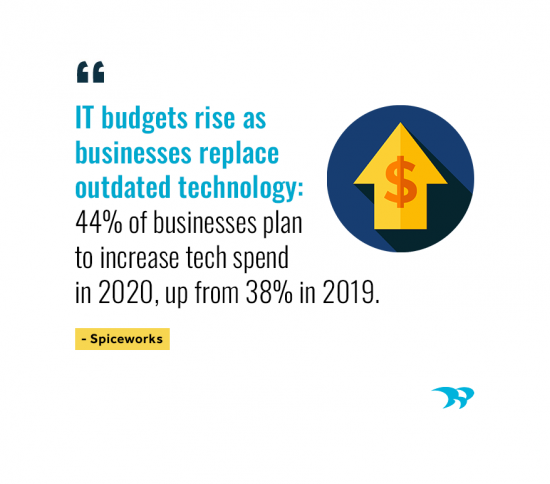|
Getting your Trinity Audio player ready...
|
Contents
How much time and money are you wasting maintaining your legacy business applications? There inevitably comes a time when the cost of running old applications becomes greater than the value they provide. As an IT professional, you don’t want to find yourself in the position of explaining that to the CFO.
Regardless of whether you’re managing applications that run internal processes or generate revenue directly, you don’t want to put off their modernization. Digital transformation is not just a buzzword—it’s a must to keep your business competitive in a rapidly changing technological landscape.
What is Application Modernization?
In a nutshell, application modernization means updating your legacy applications with the most up-to-date features and functionalities, making sure they are running fast and smoothly, on secure platforms, and meeting today’s business needs.
Legacy applications are often bloated by years of updates and add-ons and can present significant security risks due to lack of detailed documentation, outdated programming, or being hosted on outdated or poorly-maintained operating systems. Your IT team may even be lacking the knowledge to manage the applications properly because of their age and complexity.
There is no one-size-fits-all, quick solution for modernizing your legacy applications. Often it is tackled in small, manageable chunks until the full software has been re-vamped. However, in some cases it may be better to start from scratch and only use the existing application to represent the required business processes and general operation. There are many reasons to modernize and different strategies to do so, which we will explore in this guide.
Why Should I Modernize My Applications?
In the new age of IT, applications need to be creating measurable business value not just facilitating work. If your business is running on 10-year-old applications that are not compatible with today’s systems or coding language and are no longer supported, or creating value, it’s time to modernize.
Check out our post on Signs Your IT Needs an Upgrade.
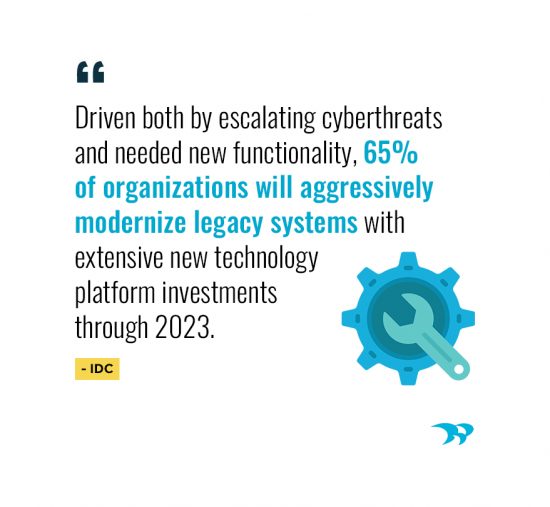
Whatever your problem, the long-term benefits of application modernization far outweigh the short-term pain of a (re)development process. Here are a few reasons to update your applications:
-
Better Operational Efficiencies
Simply put, updated applications can make your entire team more productive. The IT team will spend less time on maintenance, diagnosing and troubleshooting issues. The application end-users will enjoy quicker more intuitive processes, and less down-time dealing with technical issues.
-
Improved User Satisfaction
Whether it’s your employees or customers using the application, a refreshed front-end interface, updated functionality and new features will improve their user experience. Hosting your applications in the cloud means business data is available at their fingertips allowing them to work anytime, anywhere—a flexibility that is widely expected these days.
-
Competitive Edge
Call it the Fourth Industrial Revolution or Age of Digital Transformation. Either way there is no denying that many industries are seeing huge disruptions due to the adoption of new technologies like AI, machine learning or IoT, and changing consumer and employee expectations. You don’t want to be the latest business to shutter its doors because your competitors outpaced you in technological innovation.
-
Better Security
If your applications are running on outdated servers and there is no centralized database for your employee and customer data, you are exposing your business to security vulnerabilities—both external hackers, and internal threats caused by software misuse and poor security protocols. Modernizing your applications can reduce the security vulnerabilities that legacy systems pose.
-
Bottom Line Benefits
If your modernization efforts include moving your applications to a cloud environment, like Microsoft Azure, that will reduce your capital expenses by not having to maintain local servers. An updated application may also add value by improving services and processes, in turn opening new revenue streams.
How Can I Modernize My Applications?
Does your application just need an update or a complete overhaul? The application modernization strategy you choose depends on the specific challenge you’re trying to solve. Is your current application not able to meet new business requirements? Is it too complex to manage for users? Is it not agile enough? Is the total cost of ownership too high relative to the business value it provides? Does it present security risks? Is the underlying technology still supported?
Consider these three strategies for your application modernization:
1. Rehosting
Managing a physical infrastructure is cumbersome and can pose security risks. If your application is otherwise doing its job well, consider re-hosting it on the cloud. Re-hosting is a relatively quick and low-cost modernization approach that can significantly improve agility, reliability and scalability. At Whitecap, we can help you develop a total solution in the cloud using Microsoft Azure.
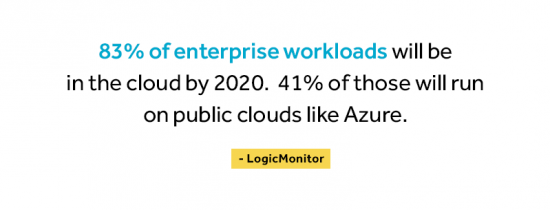
2. Rebuilding
Your application could just use a face-lift, or the existing structure of your system needs to be adapted to meet your current business needs. This can be a front-end re-skin to make your application more modern, appealing and user-friendly to your employees or customers. It can also mean re-writing outdated code in a modern programing language. The benefit of this approach is that you can modernize your entire application piece-by-piece with less disruption.
3. Replacing
If your application has become more of a hindrance than a business tool, you may want to consider re-assessing your needs and building a new application from the ground up. The business logic and UI of the existing application may be able to serve as a requirements outline for the new application so you don’t have to go through a full discovery process all over again. But your software should adapt to your business needs, not the other way around. We can help you design and develop the application to best suit your requirements—either through custom software development, Dynamics 365 or SharePoint development.
Benefits of Hosting Applications in the Cloud
Cloud computing is nothing new. It’s been in widespread use for many years with email, social networks and cloud storage, like OneDrive, being just a few examples of how we use the cloud. While cloud adoption for personal use has accelerated in recent years, many businesses are still doing things the old-fashioned way—hosting their business applications on in-house servers.
The reasons for maintaining the status quo can vary. From a lack of motivation and fear of change, to an “if it ain’t broke, don’t fix it” mentality. But as time goes on and other companies start to outpace you technologically, resisting the change can become a real risk to your business.
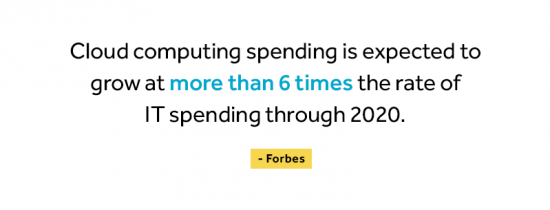
Those organizations who have committed to moving their business into the cloud are seeing numerous advantages to their operations and bottom line.
Let’s look at some of the benefits of developing your business applications in the cloud:
-
Cost Savings
While there may be an upfront investment in transitioning to the cloud, the long-term return is well worth it. You eliminate the expenses associated with maintaining, upgrading and fixing in-house servers. A trusted cloud provider, like Microsoft Azure, is fully responsible for making sure the cloud is running smoothly, securely and on the latest technology. The quick, easy access to critical business data and information sharing will also make your day-to-day work more efficient, reducing time wastage.
-
Less Maintenance
Since the cloud provider does all the maintenance and upgrades, you can reallocate your valuable IT resources to other mission critical operations. They’re not stuck manually pushing out updates because the updates are done automatically with little to no down-time to your team. In fact, many organizations have found that they require fewer internal IT resources after re-hosting their applications on the cloud.
-
Improved Productivity
Hosting your applications on a cloud gives your team the flexibility and mobility to be productive anywhere, anytime, with all the tools and information they need at their fingertips. The mobile-first Millennials and Gen Xers have come to expect that flexibility from their employers. Cloud applications also allow your team to collaborate remotely—giving them the ability to chat, access and work on documents at the same time, see changes in real-time and much more.
-
Less Disruption
Think of that time your servers were down or a snowstorm kept your employees from coming into the office. Did any work get done that day? The cloud is always running, and your team can access files and collaborate from home ensuring business continuity even during unforeseen disruptions. The entire team can always be up-to-date on projects and communications. Learn more in our post Stop Struggling with Collaboration.
-
Improved Security
Everything up to this point may have sounded great but concerns about cloud security are holding you back. If the thought of giving up physical control of your data makes you break out in a cold sweat, rest assured that your business application will be more secure in the cloud. Large cloud providers, like Microsoft Azure, spare no expense when it comes to securing the data of its users. They are constantly running security checks and using the latest security solutions to store their user’s invaluable data. Your internal IT team likely does not have the bandwidth and resources to match the security measures of a cloud provider.
Not convinced that developing your applications on the cloud is right for you? Check out Why Cloud’s the New Corporate Standard.
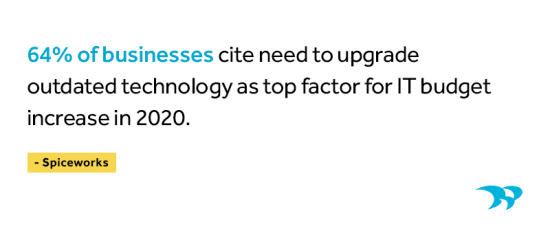
Conclusion
If your business applications are no longer providing the value they should, consider modernizing them by rehosting, rebuilding or replacing your legacy systems. While the prospect of redeveloping or rehosting your business applications in the cloud may seem daunting, it is an exercise that is sure to improve productivity and security while minimizing maintenance. The long-term return on investment and competitive edge will set up your business to thrive in the digital future.
Ready to start modernizing your applications? Let’s get started.
